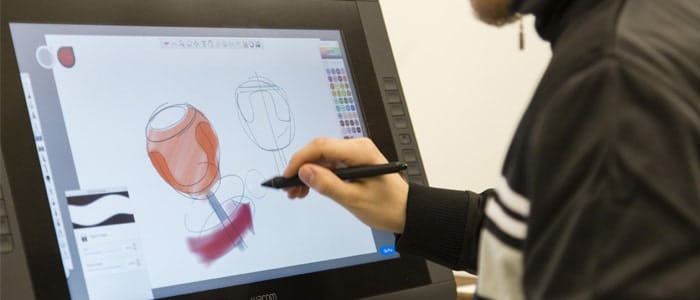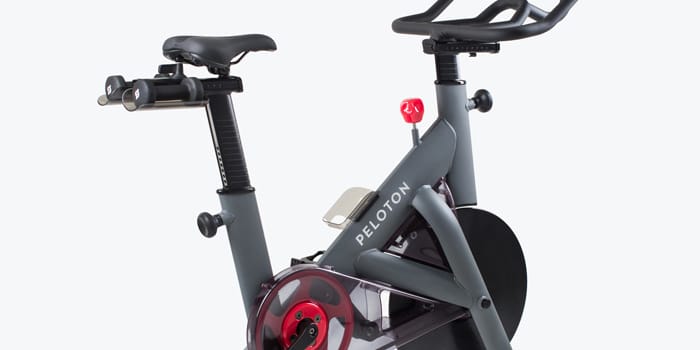How Peloton used MakerBot 3D Printers to Prototype their New Commerical Bike
Peloton is the reason at-home cycling classes were created. It allows you to exercise on your own time, in your own home, with your own teacher. Now let’s go back to 2014, where the first sleek, silent exercise bike was introduced. It had the ability to livestream classes using Wi-Fi on a built-in touchscreen console. In order to extend this experience to public places, Peloton unveiled an all-new commercial bike and content platform at the 2017 Consumer Electronics Show.
Peloton is impeding an industry that is based on having to physically go to the gym. To further capture market share and stand out from their competitors like FlyWheel Sports and SoulCycle, the startup must continue to innovate at a fast pace and release new products such as this commercial bike.
In order to increase speed in design cycles and cost-effectively prototype many smaller components on this new bike, Peloton’s industrial design team partnered with MakerBot. All together, Peloton escalated the iterative design process by prototyping at least twenty various parts on the MakerBot Replicator+.
“It’s our primary 3D printing solution,” said Jason Poure, Director of Industrial Design. “Any designer can walk in the door and start 3D printing.”
The company now also owns a Replicator+.
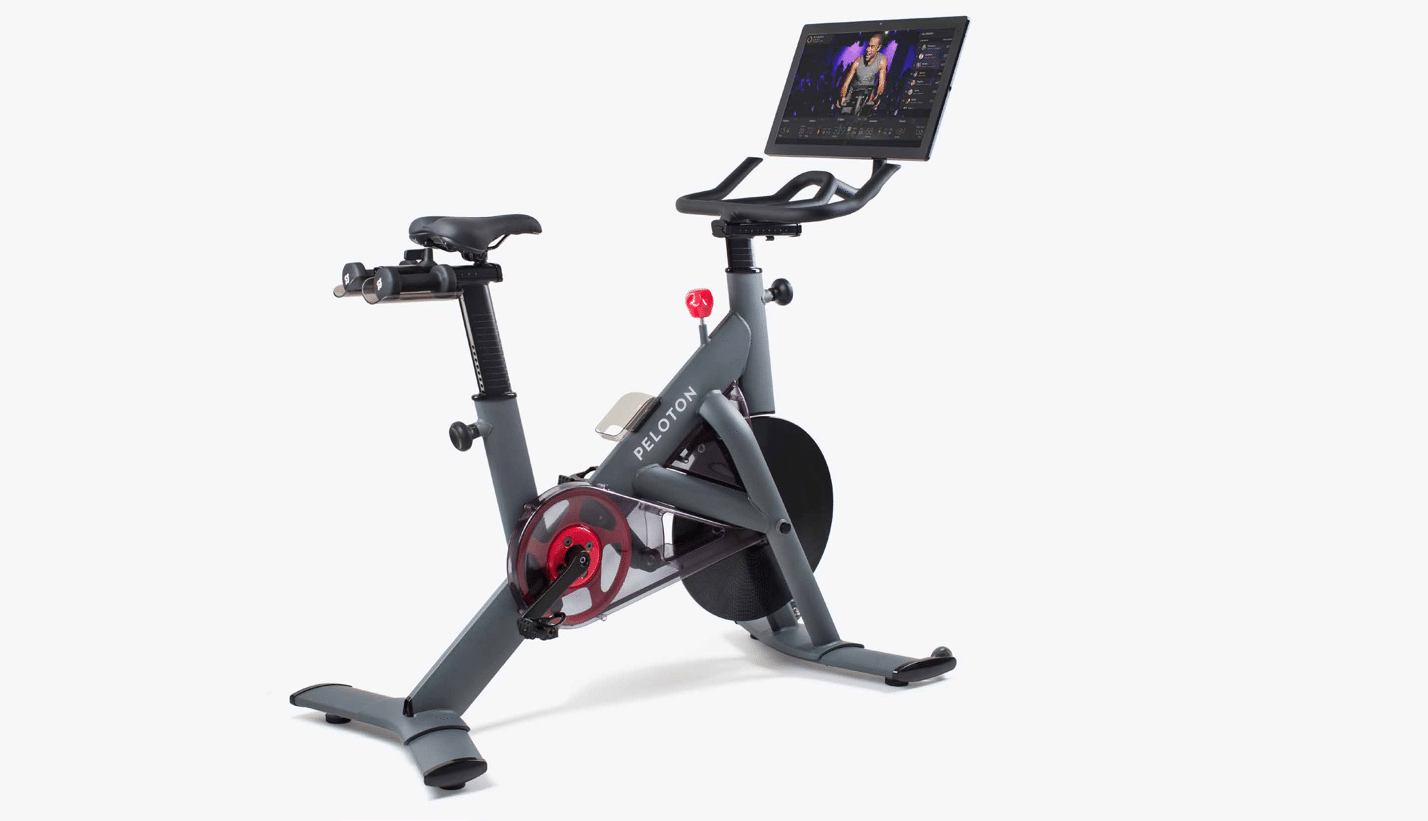 The Peloton Bike has been named “The best cardio machine on the planet” by Men’s Health Magazine
The Peloton Bike has been named “The best cardio machine on the planet” by Men’s Health Magazine
Development started at the end of 2015, through 2016, the industrial design team printed hundreds of iterations for twenty various parts. By using MakerBot, Peloton has the potential to save approximately $20,000. They could also save months in time compared to using a service bureau. From time to time, the team relies on the latter in order to prototype massive parts, or parts in higher end materials.
By iterating with MakerBot, the team could get immediate feedback with every new design at about a dollar per prototype. There is also the potential to instantly make changes without having to wait weeks for parts to come back from a service supplier. The team also has the ability to verify the size, scale, and ergonomics of these parts with enough confidence to decide when each design was ready for production.
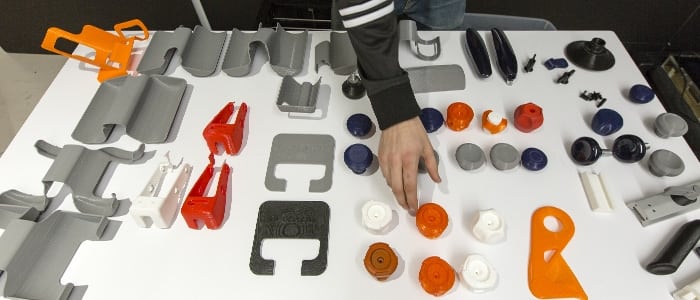
The Touchpoint of Your Brand
A prime example of how the industrial design team could quickly and efficiently finalize the design, is the bright red resistance knob on the Peloton Commercial Bike. This is more than like the most used piece of hardware on the bike. It determines the level of resistance throughout a workout. However less resistance is better for sprinting, where more resistance is better for simulating an uphill ride.
“You want the touchpoint of your brand to be the most beautiful element,” says Poure. In order to perfect the knob’s design, Industrial Designer, Nigel Alcorn, began with simple drawings using Illustrator or CAD. Next, he would model them in SolidWorks and then 3D print designs on Peloton’s MakerBot 3D printer. Every design is showed in a distinct direction, which Alcorn would then discuss with Poure. Having the ability to design the correct form and shape for the knob was also crucial, since users would constantly grip and adjust it through cycling classes. This also plays a big role as to why iterating with exact, accurate 3D prints from their MakerBot printer was a large advantage throughout the process.
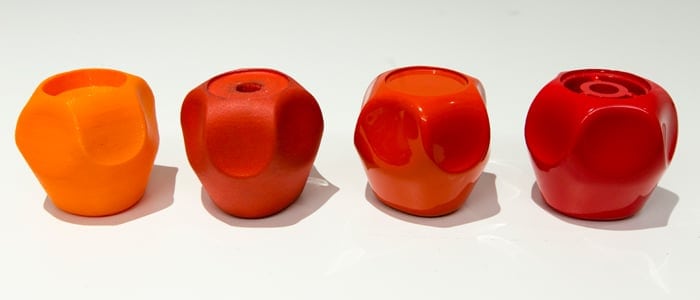
After about 36 various iterations, Alcorn experimented with both 8 and 6 sided forms, testing a base-cap structure, and eventual struck upon an elegant design with three valleys and three peaks. Using this design, Alcorn was able to account for riders who would subtly turn the knob, or even slap it to drastically change the resistance. During the designing of the knob process, the team was able to save a couple thousand dollars and a few weeks by using MakerBot.
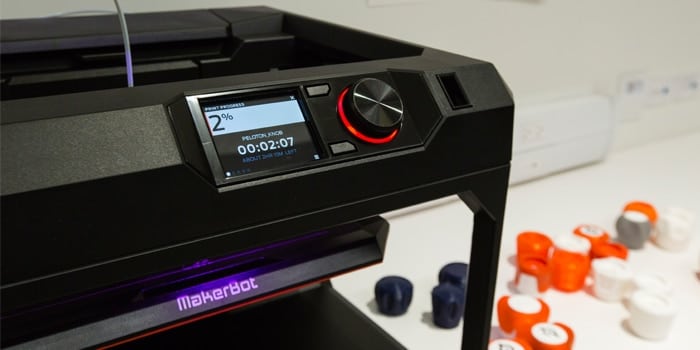
At times, Alcorn enjoys the free-flowing control of modeling with foam board, although, by the time he begins iterating on the same designs, he prefers the accuracy of 3D printing with MakerBot.
“I can make a really educated comparison between two models that have a single feature that’s different by a millimeter.”
